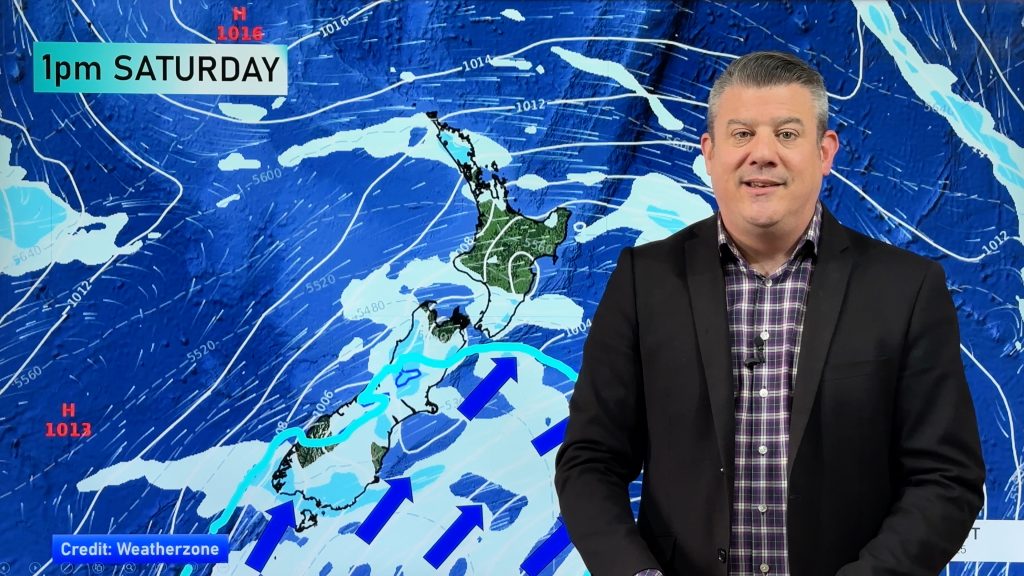
> From the WeatherWatch archives
NZ Herald — New Zealand is set for a humid summer, with experts predicting a warm and wet January and February.
Many parts of the country have already experienced warmer than usual weather for this time of year, and temperatures are going to continue to rise.
“We’ve been predicting average or above average temperatures for all of New Zealand. We’re certainly running about a degree and a half warmer than normal so far,” said National Institute of Water and Atmospheric Research’s climate scientist Georgina Griffiths.
“We are expecting a warmer summer but we’re only a few weeks into the 90-day forecast period.”
The summer heat came early in 2010, long before New Zealand shut down for Christmas and headed for the beach.
“Late November we saw December temperatures and December we’re sitting on January temperatures,” said Griffiths.
Even areas that missed out on the early heat wave will still have a warmer than usual summer season.
“Places like Gisborne, Hawkes Bay and Canterbury have not been warmer (for this time of year) as they’ve lacked the north-westerlies which tend to warm them up,” Griffiths said.
“But it’s only December and there’s every expectation of average to above-average temperatures.”
Although beachgoers will welcome the warmer weather, their spirits may be dampened by the amount of rain predicted for the summer months.
“That expectation of wet weather is in the North and East – Bay of Plenty, Gisborne, Auckland, Northland, Coromandel – they’re expecting normal to above normal rainfall for the whole season,” said Griffiths.
The Best and the Worst weather of 2010
Although NIWA is still waiting on data for November and December from some climate stations, it can reveal what parts of the country basked in the most sun and battled through the most rain.
“The most rainfall so far for year, not surprisingly, is Milford Sound,” Ms Griffiths said.
Latest figures from NIWA measured 6152mm (just over 6 metres) of rain in the area.
The driest area was in central Otago, which Ms Griffiths said was not unusual. Clyde, the driest spot in the country, received no more than 319 mm for the year.
While drought stricken areas likes Northland received less rain than previous years, more than 3 times the amount of rain fell there.
“When we look at what Northland’s recorded, around the 980-1000mm mark and that’s low for them. It has been very dry for them in the last two months there, but Central Otago is a much drier climate,
There were also no surprises when it came to the battle for the sunniest spot in 2010.
“Sunshine wise we’ve got a bit of a neck in neck between Nelson-Blenheim and the Bay of Plenty, and it’s almost always going to be one of those sites and the north-east of both of the islands because they’re sheltered from the prevailing south-westerly flow,” she said.
These areas received around 2200 hours of bright sunshine.
By Hamish Fletcher | Email Hamish
Homepage image / Debbie Zillwood
Comments
Before you add a new comment, take note this story was published on 25 Dec 2010.





Add new comment
Jason on 25/12/2010 2:26am
The South Island? for summer what parts will be wetter? dont forget theres two islands haha.
The weather certainly has changed since last Friday, lots of weather systems coming through bringing warmer temperatues and overnight lows.
This next system looks like a nasty one for the South Island especially, some welcome rain for places like canterbury which are drying up fast.
Reply